The UK just broke temperature records. A heat wave is sweeping through Europe, causing droughts, a public health crisis, infrastructure failures, and wildfires. This is an aspect of the climate crisis, and it isn't normal.
Venture outside during a heatwave and you will notice a clear difference in temperature between city streets that have substantial greenery and tree cover, and bare concrete pavements that are exposed to the sun all day. In fact, trees can cool down neighborhoods by up to 8ºC by providing shade and bringing moisture back into the air.
That's why we've been planting trees in cities, from LA to London, since 2020, focusing on disadvantaged areas with low tree cover.
By 2050 it’s projected that 68% of the world’s population will be living, working, and breathing in cities. In the context of the climate crisis and rapid urbanization, cooling green infrastructure like trees and community gardens are becoming as critical as public transport or playgrounds.
It's not just about temperatures. It's also a matter of climate justice. Lower income and Black, Asian and other ethnic minority communities are most likely to experience the impacts of climate change, overheating and air pollution, and lack of access to green spaces. When temperatures soar to 40°C as they did in London yesterday, a lack of greenery and trees becomes a public health issue.
This disparity in tree cover between higher and lower income areas is a pattern that is reflected globally. From the 1930s to the 1970s in the United States, certain neighborhoods with a majority of African American and immigrant populations were “redlined” for lending. People living in those areas were denied mortgages by banks, as well as missing out on healthcare and infrastructural investments. Today, the red lines that were drawn around neighborhoods on the map line up closely with maps showing a lack of green space and tree canopies, meaning that these communities are on average hotter and more vulnerable to the effects of climate change, such as heatwaves and air pollution.
With the majority of urban growth happening in cities in Asia, the number of so-called “megacities” with a population of over 10 million people is projected to rise from 33 in 2018 to 43 in 2030. In these cities, it’s been estimated that trees may help save more than $500 million a year in public health, energy, and environmental protection costs.
Trees are not just nice to have, we really need them. They help to filter air pollution, remove toxins and heavy metals from soil and, unlike paved streets, their roots soak up rainwater and reduce the risk of flooding. Many studies have shown that trees also have a remarkable effect on human health and wellbeing, reducing stress and increasing social connection.
Psychologist Colin Ellard has done work on the neuroscience of moving through cities. In a study of the emotional states of people walking around Manhattan, he found that people reported the biggest spike in happiness when entering a park where there was a large variety of trees and shrubs.
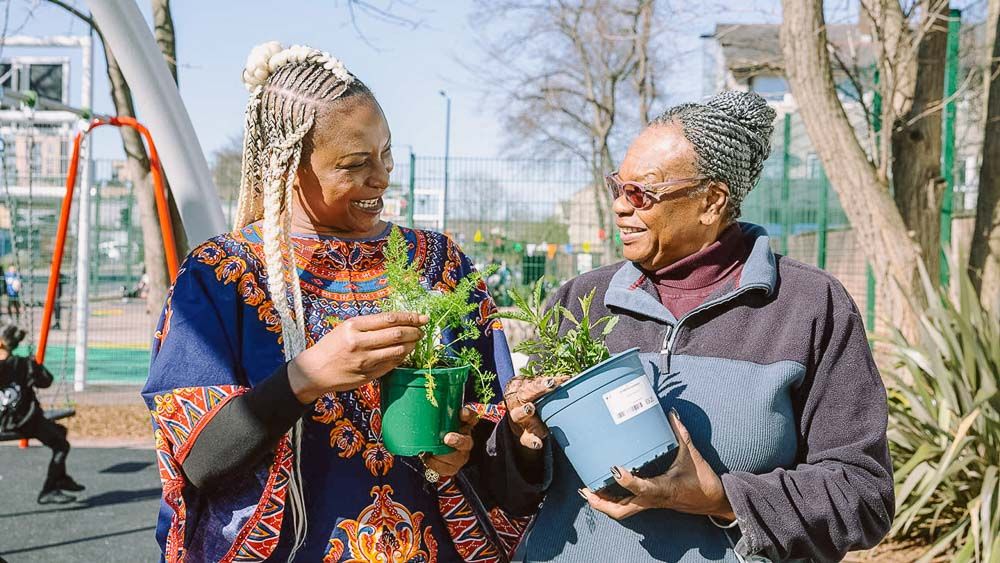
Unfortunately, urban planners have historically undervalued these social and ecosystemic services. Mature trees are routinely cut down to clear space for highways and car parks. Concrete pavements create a difficult environment for trees to thrive, preventing water from reaching the roots. What’s more, when large, mature city trees reach the end of their life it’s common for them to be replaced by much smaller species — if at all.
In cities like New York and London, dense forests were once cleared to make space for skyscrapers and urban sprawl. Welcoming trees back into these highly populated areas will help make them more resilient to the effects of climate change while improving mental wellbeing and community cohesion.
When it comes to tree planting in cities, there are many factors to consider. Urban tree planting is more expensive than planting in rural areas, and it involves more stakeholders. Our urban tree planting projects take into account these complex socio-economic realities on the ground, centering community voices to close the urban tree equity gap.
In London, the community-led project “Greener Together”, supported by Ecosia, has helped to transform neglected areas into communal green spaces to combat social isolation and bring greater wellbeing to city residents. Throughout the UK, we’ve also planted trees around hospitals to support healthcare workers, patients, and local communities.
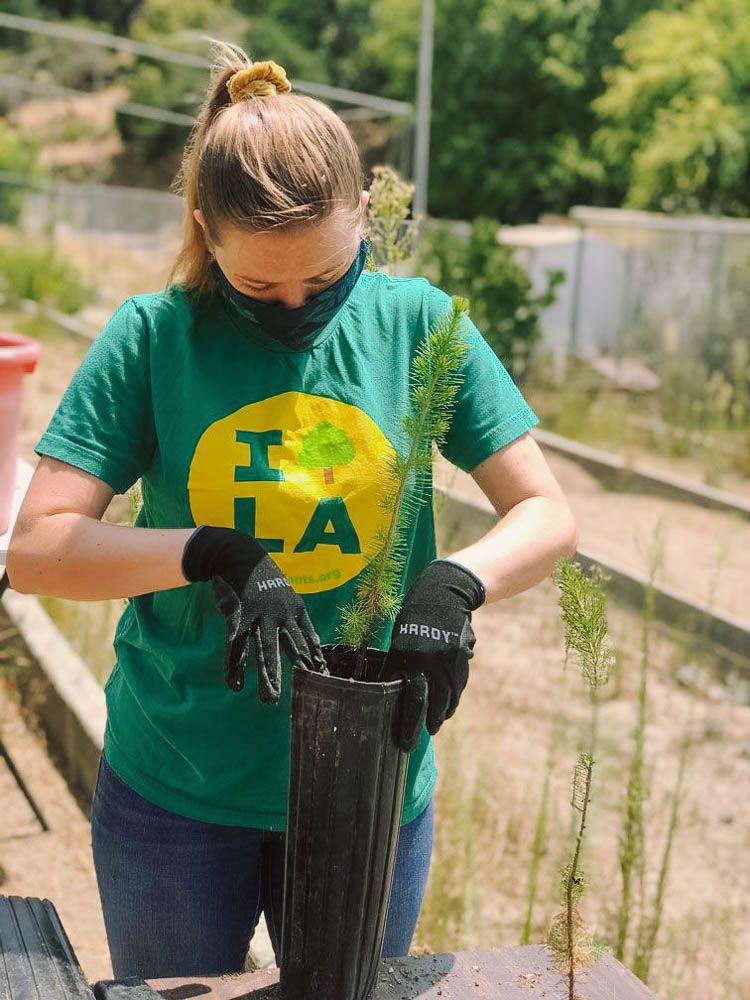
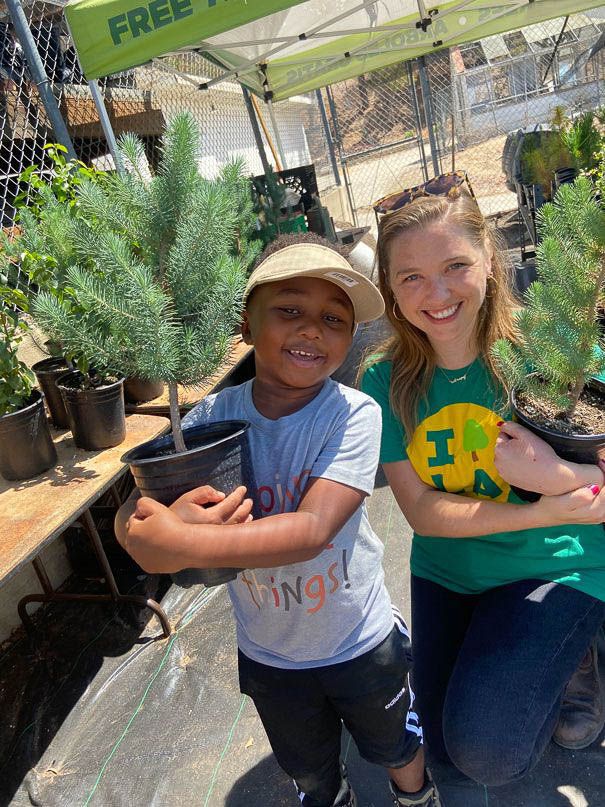
In Los Angeles, Ecosia searches are helping City Plants restore an old municipal nursery in order to plant trees in historically redlined neighborhoods that are particularly vulnerable to the urban heat island effect and air pollution. Meanwhile, we are also working with City Plants in LA and Openlands in Chicago to support Tree Ambassador programs, which aim to train community members to plant, monitor, and tend to urban trees.
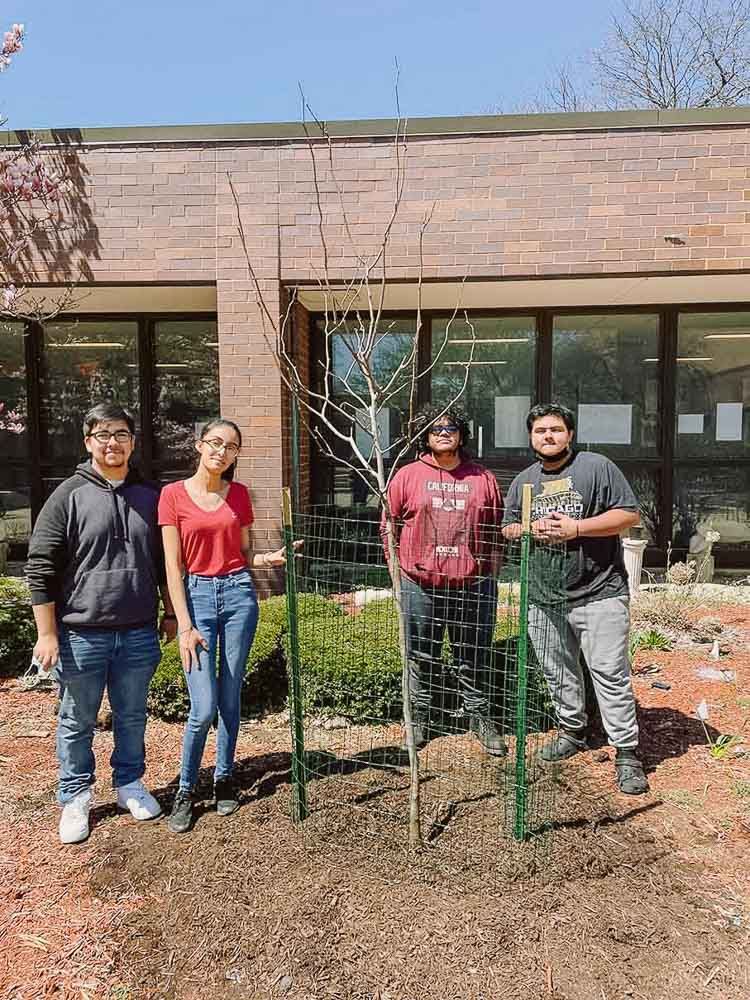
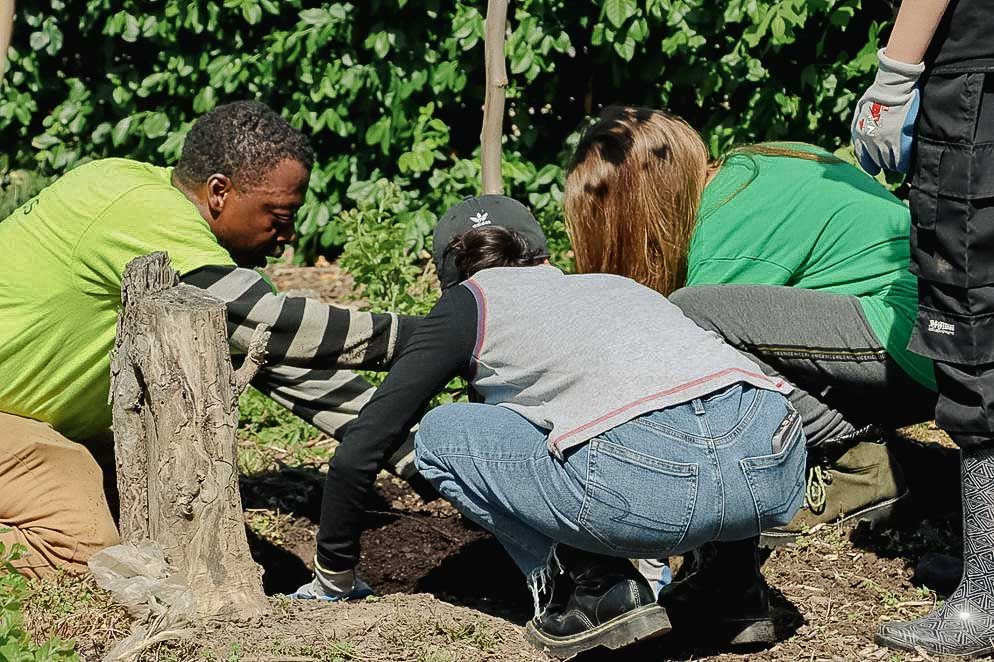
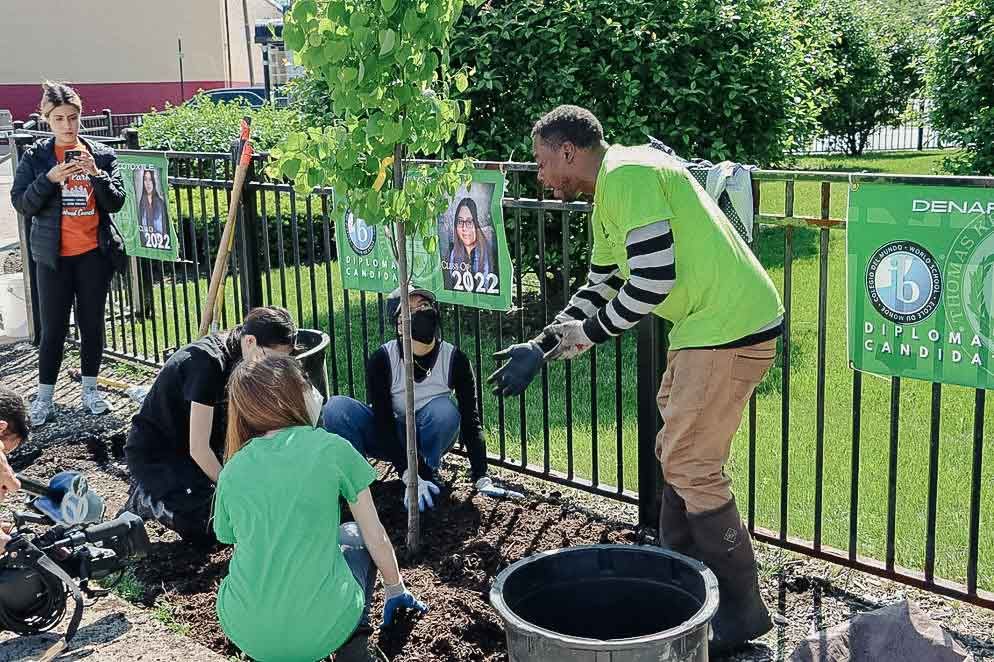
These kinds of grassroots actions offer a more regenerative approach to the challenges of urbanization. Planting trees alone is not enough. It’s about recognizing the ways that climate change and social justice interact, so that they can be addressed together — one (urban) tree at a time.
